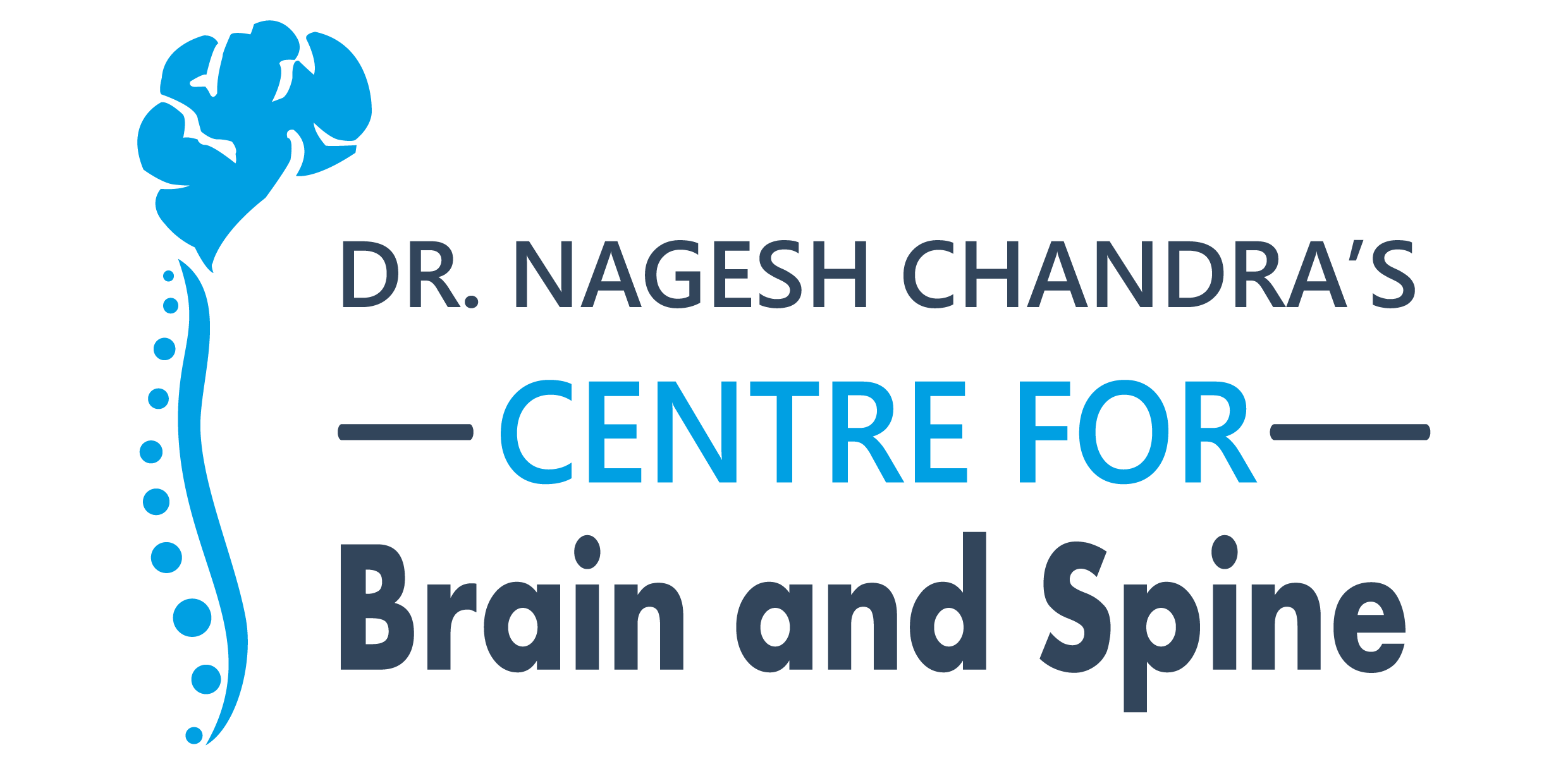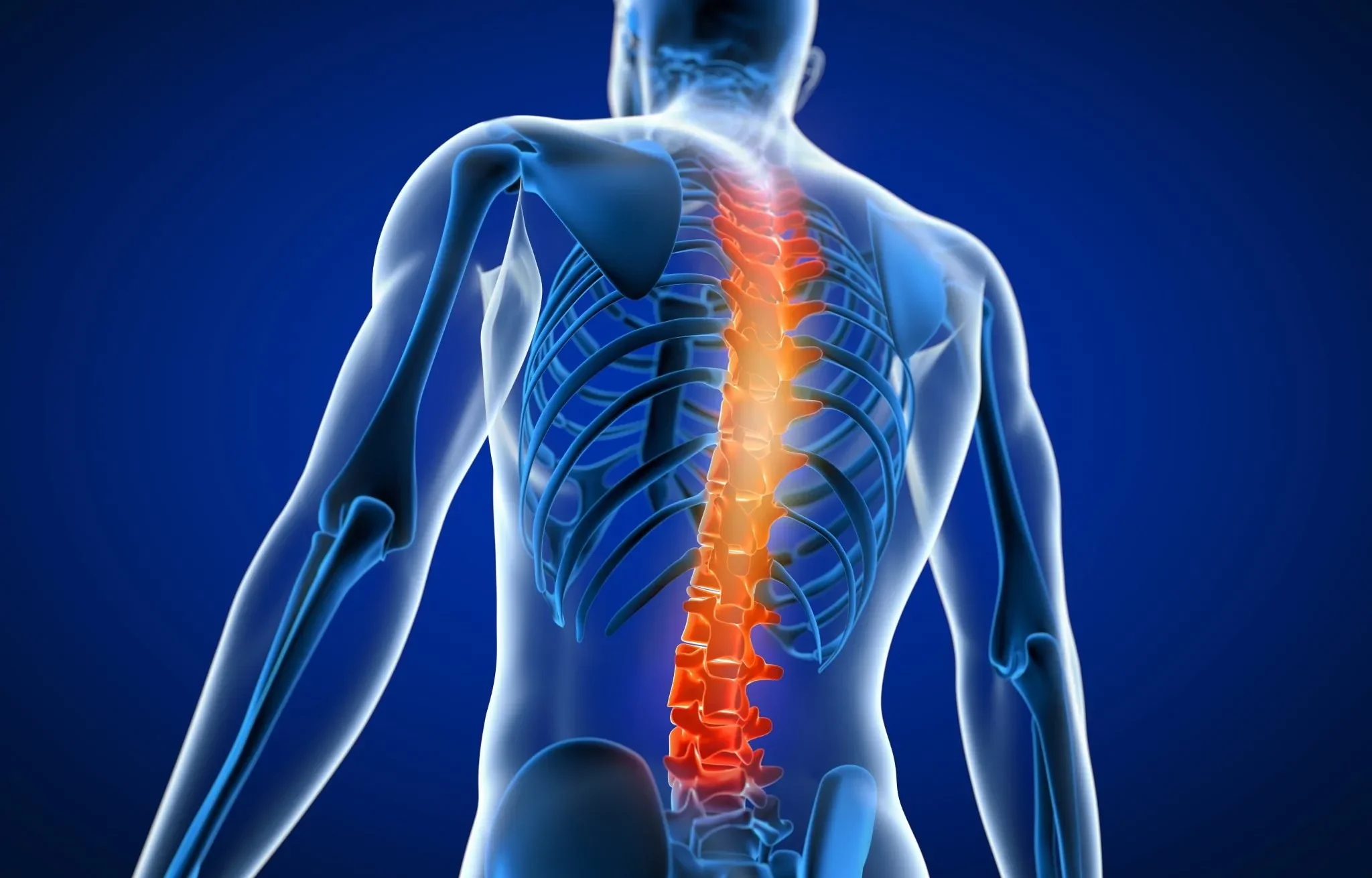Spinal stenosis is narrowing of the spinal canal, resulting in the compression of spinal nerves. This is a painful and limiting condition affects millions of people. In this article, Neuroseurgon in Dwarka explains spinal stenosis, symptoms, diagnosis, and treatment options
What is Spinal Stenosis?
Spinal stenosis occur in two primary regions of the spine: the cervical (neck) and lumbar (lower back) regions. The condition arises due aging, degenerative changes, congenital conditions, or traumatic injury. The spinal canal narrows, impinging upon the spinal cord or nerve roots.
Causes
- Degenerative Changes: The most common cause is the natural wear and tear associated with aging. This process is called degenerative disc disease, which breakdown the spinal discs and the thickening of ligaments within the spine, reducing the available space for the nerves.
- Herniated Discs: Disc herniation, another age-related issue, occurs when the soft inner core of a spinal disc pushes through its tough outer shell, potentially causing nerve compression and stenosis.
- Congenital Factors: Some individuals are born with a narrow spinal canal, predisposing them to spinal stenosis later in life.
- Traumatic Injury: Spinal trauma, such as fractures or dislocations, can directly cause stenosis if bone fragments or displaced tissues obstruct the spinal canal.
Symptoms of Spinal Stenosis
The symptoms of spinal stenosis can vary in severity and location, depending on the specific area of the spine affected. However, common symptoms include:
- Pain: Persistent and often debilitating pain, which may radiate down the arms or legs, is a hallmark symptom of spinal stenosis. The pain may worsen with activity and improve with rest.
- Numbness and Weakness: As nerves become compressed, patients may experience numbness, tingling sensations, and muscle weakness in the affected area.
- Difficulty Walking: Lumbar spinal stenosis can lead to difficulty walking or maintaining balance, causing a characteristic stooped posture.
- Loss of Bowel or Bladder Control: In severe cases of spinal stenosis, individuals may experience a loss of bowel or bladder control, necessitating immediate medical attention.
Diagnosis
Accurate diagnosis of spinal stenosis helps in proper treatment of spine. Neurosurgeon in Delhi employs several diagnostic tools and techniques:
- Medical History and Physical Examination: A detailed medical history and thorough physical examination help identify characteristic symptoms and potential risk factors.
- Imaging Studies: X-rays, magnetic resonance imaging (MRI), and computed tomography (CT) scans provide detailed images of the spinal canal, for precise assessment of the stenosis.
- Electromyography (EMG): EMG tests measure the electrical activity in muscles, aiding in the evaluation of nerve damage and muscle weakness.
- Diagnostic Injections: Doctors may use epidural injections of local anesthetics and steroids to confirm the source of pain and provide temporary relief.
Spinal Stenosis Treatment
- Non-Surgical Management: Mild to moderate cases can often be managed without surgery. This physical therapy, pain management with medications, lifestyle modifications, and the use of assistive devices.
- Surgical Interventions: For severe or progressive cases, surgical procedures may be necessary:
- Decompressive Surgery: The most common surgical option involves removing the source of compression, such as a herniated disc, bone spurs, or ligament thickening. Decompressive surgery, also known as decompression surgery, is a surgical procedure performed on the spine to alleviate pressure on the spinal cord or nerve roots. This surgical intervention is primarily employed to treat conditions where the compression of neural structures within the spinal canal leads to symptoms such as pain, numbness, weakness, or impaired motor function. Decompressive surgery can be performed in various regions of the spine, including the cervical (neck) and lumbar (lower back) areas, depending on the specific condition being addressed.
- Spinal Fusion: In some cases, spinal fusion surgery may be performed to stabilize the spine following decompression. Spinal fusion is a surgical procedure performed to stabilize and fuse together two or more adjacent vertebrae in the spine. This procedure is typically undertaken to address various spinal conditions that cause instability, pain, or deformity. The ultimate goal of spinal fusion is to immobilize the affected segment of the spine, reducing pain and promoting spinal stability.
- Laminectomy: This procedure involves removing part of the vertebral bone (the lamina) to relieve pressure on the spinal cord or nerves.
Spinal stenosis is a challenging medical condition that severely impact one’s life, but with proper spine treatment in Dwarka, Delhi, patients find relief and regain their mobility. It is must for individuals experiencing symptoms of spinal disorders to consult neurosurgeons asap, as early diagnosis and treatment make a substantial difference in their long-term outcome.

